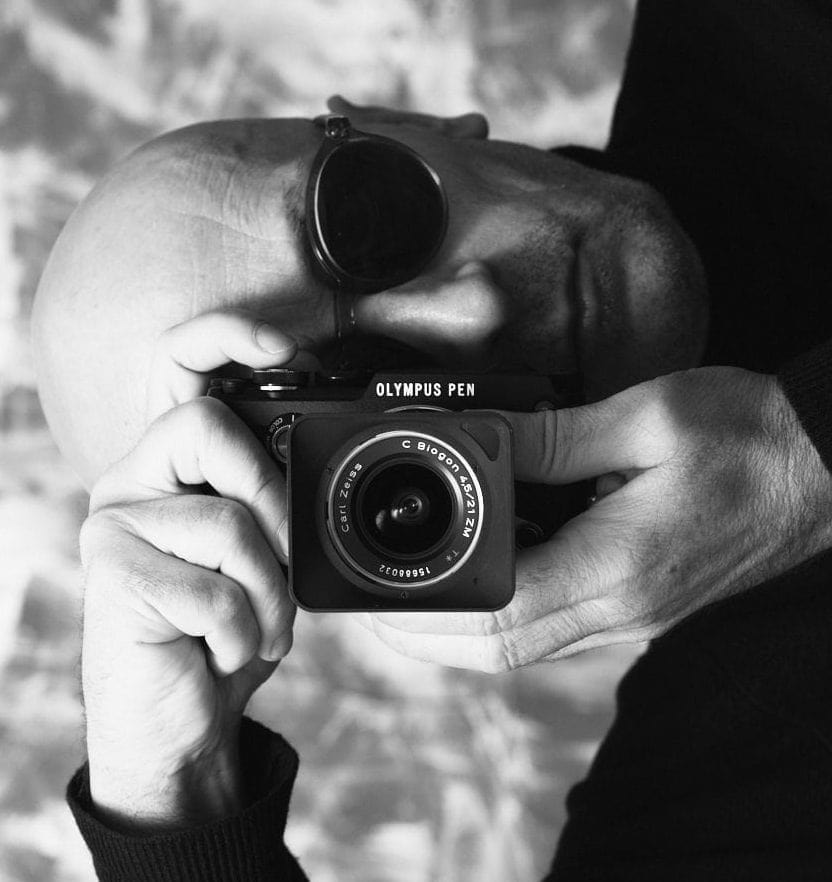Perfect Days by Wim Wenders
I know and appreciate Wim Wenders as a photographer. Of his films, I only knew Paris Texas from the 1980s. His new film, Perfect Days, impressed me in many ways.
Intro
The main character cleans toilets in Tokyo and lives a simple and conscious life. I myself am in a phase of purging: Eliminating old burdens, concentrating on the essentials. This movie inspired me a lot in this regard and gave me a real boost to move forward.
Cast
Directed by Wim Wenders, screenplay by Wim Wenders and Takuma Takasaki.
Leading actor Koji Yakusho, awarded Best Actor in Cannes.
Cinematography by Franz Lustig.
As a sound recorder, I would have liked to know who recorded the original sound. Frank Kruse is listed as the sound designer. Presumably he recorded the original sound on set.
Story
The film shows the daily routine of the toilet cleaner during different days: getting up, brushing teeth, shaving, driving to work and cleaning toilets with conviction. The lunch break in a park, taking a photo of a tree. Then to the public bathroom for personal hygiene. He spends his evenings reading second-hand books.
The weekend is reserved for cleaning the apartment, washing clothes, visiting the bookshop, going to the music store and sorting out the photos he’ve taken.
Suddenly, his sister’s daughter turns up. He hasn’t seen either of them for a long time and they are living a different life. The daughter moves in with him and gets to know his simple life.
Cinematography
t’s a very photographic movie. It starts with the 4/3 aspect ratio: most of my own photos are in this format, the more common 3:2 is not for me.
The film shows several days in the life of the protagonist with the same key scenes, e.g. watering plants, leaving the house, etc. These key scenes are always realized differently and wonderfully composed.
Perspectives, composition, colors, light: fantastic.
The whole movie is a photographic experience. As a photographer, you must have seen this movie.
Music
I am also a sound recorder for movies. My relationship with film music is not the best. It is often used to distract from weaknesses. In my own projects, I’ve seen the composer cover up dialog with music. I didn’t find that funny.
In this movie, music is part of the story. The toillete cleaner is a music lover with taste. We hear music by The Animals, The Velvet Underground, Otis Redding, Patty Smith, The Rolling Stones, Lou Reed, Sanchiko Kanenobu, The Kinks, Maki Asakawa, Van Morrison, Nina Simone and Patrick Wilson.
My personal favorite is Nina Simone with Feeling Good.
This is how music should be in a movie (in my opinion).
Sound
There is not much dialog in this film: the story is conveyed visually. The sound is probably mostly original sound, recorded on set, nothing artificial from a sound library.
The sound is authentic and convincing.
For me, this movie is a reference for good sound!
What else?
Koji Yakusho, the main actor, photographs the trees with an Olympus camera in black and white. I’m a convinced Olympus user since years and black and white photographs are my thing, too.
There is no TV in his apartment and that’s very cool!
For my professional work visit https://starphoto.world. This is my personal site: http://waltergilgen.net
(c) Copyright 2024 photos and text Walter Gilgen. All rights reserved.



